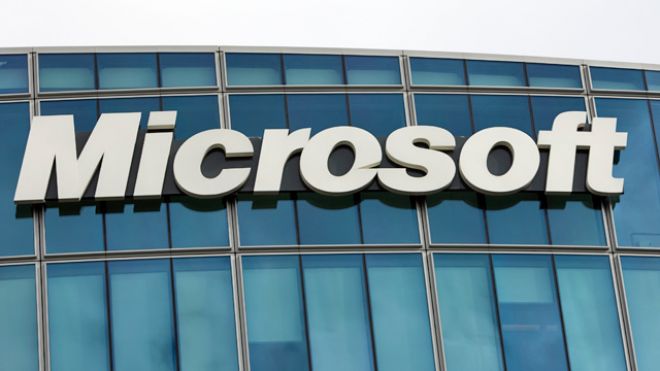Alternatively, ETF investors may consider equal-weight options that helped diminish drawdowns associated with the larger tech names. The equal-weight indexing method helps emphasis more undervalued stocks, since market-cap-weighted methodologies typically overweight larger components that have been outperforming. In contrast, the equal-weighting methodology would rebalance on a regular basis, selling recent winners and buying recent losers to maintain its equal tilt.
For instance, the Direxion NASDAQ-100 Equal Weighted Index Shares (NYSEArca: QQQE) and First Trust NASDAQ-100 Equal Weighted Index Fund (NasdaqGS: QQEW) take an equally weighted approach and only dipped 0.4% and 0.6%, respectively, on Friday.
[related_stories]QQQE’s top holdings include Incyte (NasadqGS: INCY) 1.1%, Alexion Pharmaceuticals (NasdaqGS: ALXN) 1.1%, Illumina (NasdaqGS: ILMN) 1.1%, Amazon (NasdaqGS: AMZN) 1.1% and Cognizant Technology (NasdaqGS: CTSH) 1.1%.
QQEW also shows a similar portfolio breakdown, with top holdings including ALXN 1.2%, INCY 1.2%, AMZN 1.1%, BioMarin Pharmaceutical (NasdaqGS: BMRN) 1.1% and Amgen (NasdaqGS: AMGN) 1.1%.
Due to their weighting methodology, QQQE and QQEW may have a larger mid-cap tilt, compared to QQQ. QQQE includes 19.2% mega-caps, 48.2% large-caps and 32.6% mid-caps. QQEW holds 19.6% mega-caps, 48.7% large-caps and 31.7% mid-caps. In contrast, QQQ has 60.5% mega-caps, 32.0% large-caps and 7.6% mid-caps.
